During the Scottish witch trials of the 16th and 17th centuries, the East Neuk village of Pittenweem was one of many communities where accusations of witchcraft led to arrests, trials and executions.
In 1704, the last Pittenweem witch execution took place when Janet Cornfoot was accused of witchcraft and brutally murdered by a local mob.
Today, the association with witches serves as a reminder of the injustices committed and the importance of understanding and learning from history.
But since last summer, a cauldron of debate about the “stereotypical” portrayal of witches has boiled over.
It began when Fife Council ordered the removal of a giant gable-end mural of a witch by renowned street artist Bobby McNamara, aka Rogue One.
The mural was commissioned for the side of the Larachmhor Tavern by pub landlord Alan Adey.
However, it did not have planning permission.
A retrospective planning application was rejected by Fife Council’s north east planning committee with enforcement action served.
The witch with a hooked nose and warts was described by councillors as “gaudy and inaccurate”. They said it must be removed.
What do Pittenweem witch mural supporters think?
Weem Witch author Leonard Low, from Largo, attempted to quash Fife Council’s enforcement, writing to express his opposition.
It was reported last week that an appeal bid had failed.
Speaking on behalf of the publican, Alan Adey, however, Mr Low confirmed an appeal has now been successfully submitted to the Scottish Government in the publican’s name.
As of Tuesday it had been given the green light to proceed with representations invited until April 16.
Are mural critics ‘snowflakes’?
But has the debate pitted easily offended “woke” culture against freedom of expression by a renowned artist?
Mr Low, who previously dismissed critics of the mural as “snowflakes”, said the Pittenweem furore is in stark contrast to a “Banksy” painting near where he once lived in Finsbury Park, London. There, tourists have been flocking to see it.
“The owner of the Larachmhor pub put his hand in his pocket and invited the artist to paint the image of a witch down the side street of his pub,” said Mr Low.
“It can only be seen at an angle. It’s not in your face.
“Pittenweem, if you like it or not, has a hellish history of witch persecution.
“It’s been said ‘it doesn’t depict what a real witch would look like’.
“A real depiction of a witch would have people walk past confused to what it was representing.
“A woman with a pointy hat and long nose and fingers is as recognised as the McDonald’s sign.
“But hey if you want reality, I know real life ancestors of the last murdered witch in Pittenweem.
“Janet Cornfoot was born bred in Upper Largo – killed in Pittenweem – but her ancestors are still around. One could pose if you want reality.
“This ‘Rogue One’ artist would you believe is the artist Banksy’s best friend.
“Imagine if Banksy drew on top of it?
“The council would chainsaw the painting off and put it in its own museum!
“We are resigned to losing the mural because of bureaucracy!”
‘Compassion and thoughtfulness’ prevails, says Pittenweem witch mural opponent
Dr Zoe Venditozzi, a Fife-based writer and teacher, who leads the Witches of Scotland campaign with Claire Mitchell QC, believes Pittenweem – and Scotland – can do better.
“Unfortunately, human nature being what it is, there will always be some people who look to profit from misery,” she said.
“Whether it’s people selling bits of bone supposedly from religious martyrs, dictators’ paraphernalia, serial killers’ ephemera, or indeed, the instruments of torture used on innocent women at the height of the witch trials, it seems that horror sells.
“Surely as supposedly civilised, sophisticated Scots of the 21st Century we should be more sensitive to victims of past atrocities and pay more attention to the facts of the witch trials?
“One could argue that (mis)remembering the victims of this dark part of our history shows a callous disregard for the very real human cost of the accusations – especially in a community with a particularly brutal story where descendants still live.”
Does witch caricature mock innocent victims?
Between 1563 and 1736, around 4,000 people were accused of witchcraft in Scotland.
More than 2,500 people were ultimately executed. A staggering 84% of those accused were women.
“During questioning,” she said, “the accused were tortured – initially physically with items such as thumb screws, later with sleep deprivation – to force a “confession”.
“Once found guilty, they were usually strangled then their bodies burned to prevent them being reanimated by the devil and to stop them from entering heaven – a particularly cruel fate for an overwhelmingly Christian nation.
“It’s easy to mock these women with the stereotype of the hook-nosed, warty hag.
“But let’s try and remember that these were just ordinary women – not witches.
“They were women trying to live their lives – maybe struggling to survive in straitened circumstances, or with learning disabilities, or some other circumstance that made them vulnerable.
“With the benefit of all we know now, let’s strive for accuracy over cheap laughs to drive up sales.
“Let’s show compassion and thoughtfulness where our forebears didn’t.
“Surely modern Scotland is better than that?”
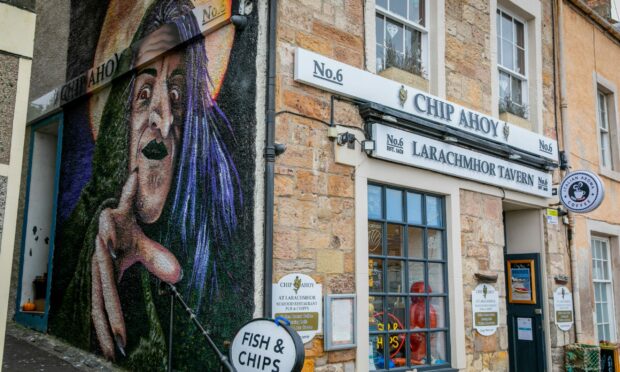
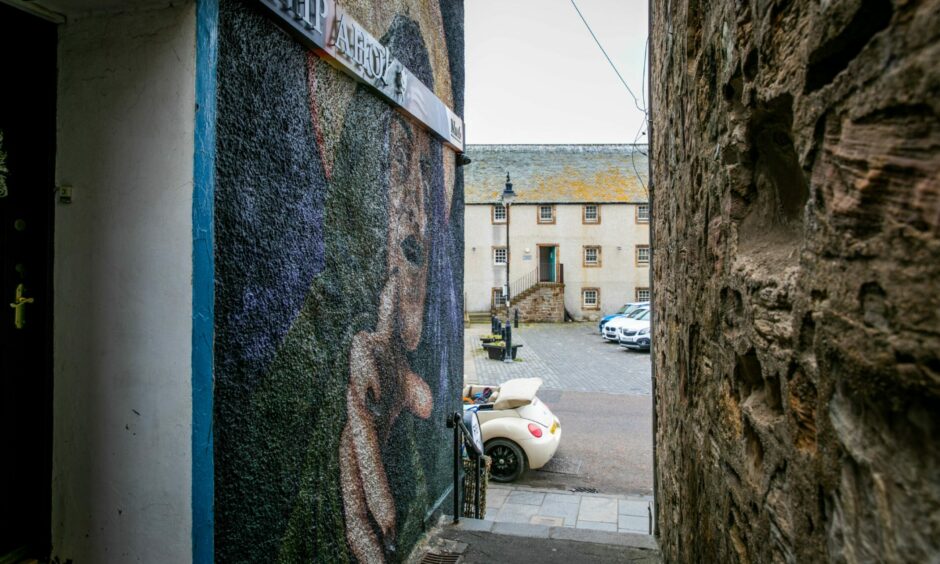
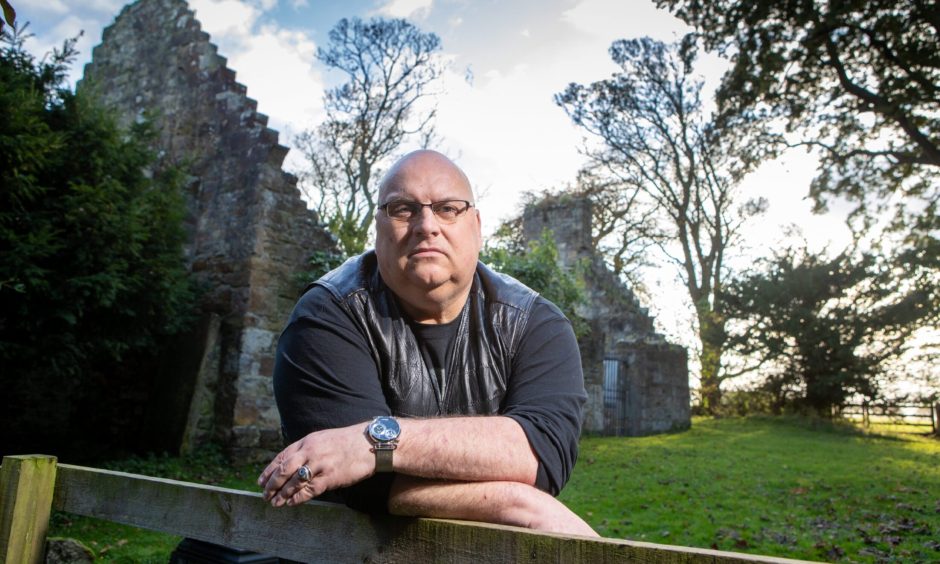
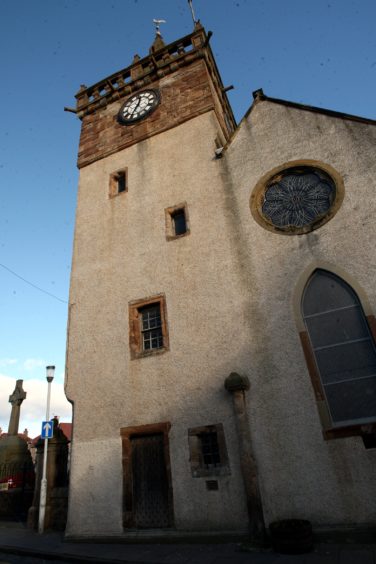
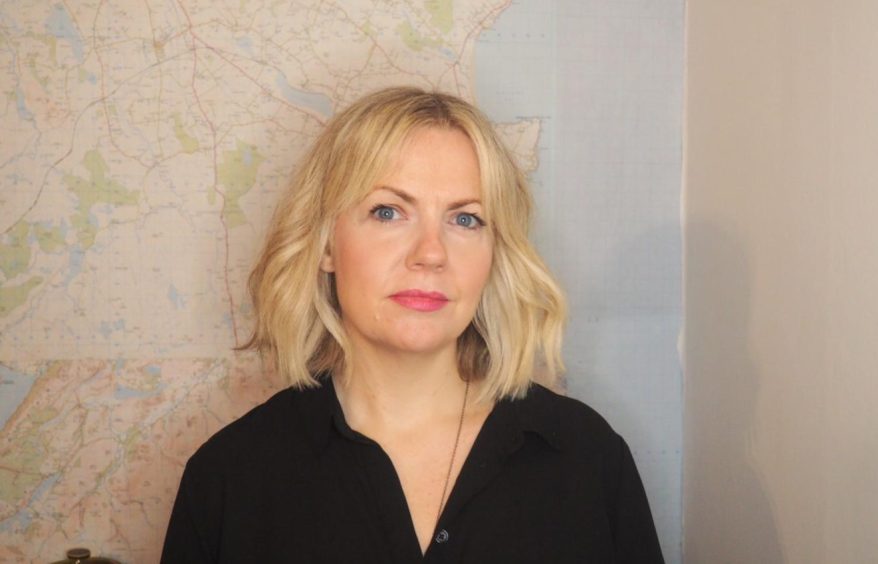
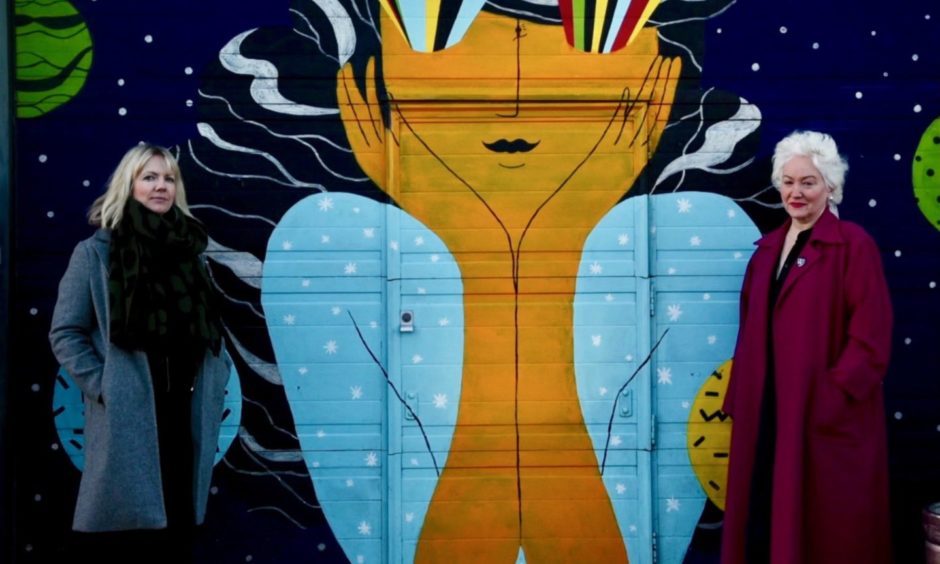










Conversation